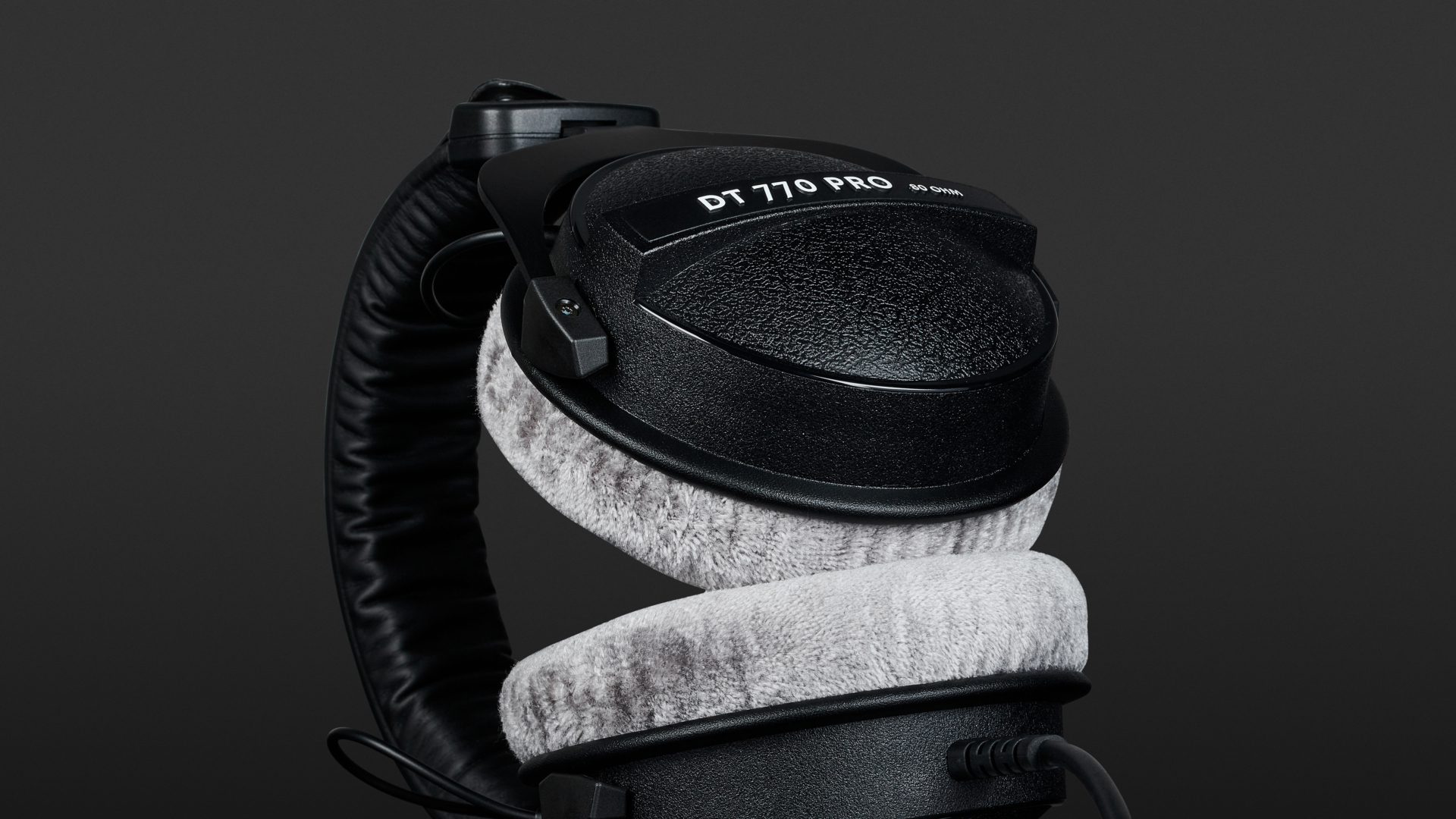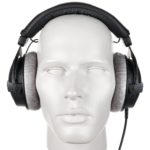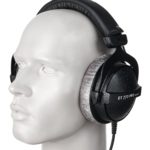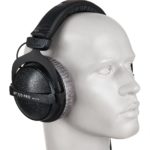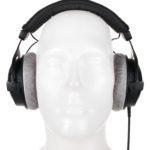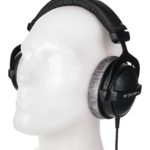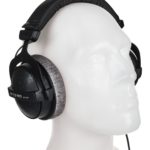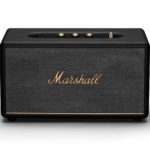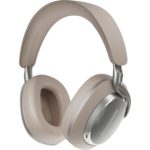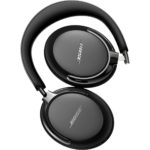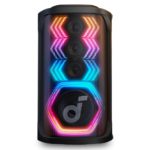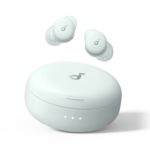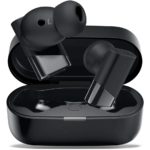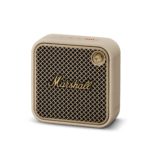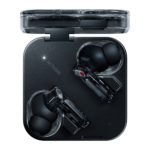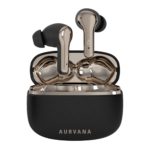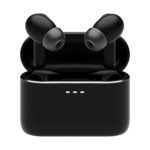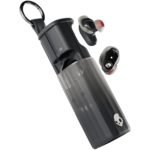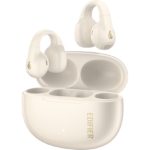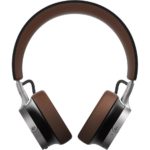The Beyerdynamic DT 770 Pro always occupies a top position in its market segment – regardless of whether it is the 250 Ohm version, 32 Ohm version or the 80 Ohm test model. In the studio, this headphone offers the recording musician powerful pressure. But when it comes to the control room, the headphones fall short of their higher-impedance counterparts and are too oppressive and bold. The difference is not enormous, but it is decisive. My recommendation: using 80 Ohm for recording and 250 Ohm for the mix, you can’t really go wrong!
Imagine going into the studio and taking only one set of headphones with you – which one would that be?

If you don’t have a favourite yet, consider the DT 770 Pro from Beyerdynamic. There is a lot of serious competition, not least from their own stable, but for monitoring the microphone, when recording/singing, and when evaluating a mix, few other models hold their water.
Optics and haptics
The 770 Pro, like the models from the DT-8/9XX series, originates from one of Beyerdynamic’s most productive development phases in the 1980s. And apparently, this particular model still benefits from the excellent DNA as almost nothing has changed since then either mechanically or constructively. And it clearly doesn’t need to, because these headphones are simply top-of-the-line in terms of workmanship and wearing comfort. With an outer diameter of just under 105 mm, the shells are truly circumaural and lined with buttery-soft velour cushions that flatter the outer ear even after hours on the head. The headband is highly stable and the seat quickly adjusts to any head size; the only point that could be argued is that they look a little clumsy, which is simply a matter of aesthetics.
Practically every component on the DT 770 Pro has a replacement. Not that the handset is mechanically susceptible, but it’s good to know that the supply of spare parts won’t be a problem in the long run.
Sound properties and image
In comparison with the older model with 250 Ohm, which is still available, the present version of the 770 Pro offers an impedance of only 80 Ohm. But what does this mean in practice? The shortest – if incomplete – answer would be that the 80 Ohm version plays louder than the established model. The longer explanation involves the amplifier: at 250 Ohms it has to deliver more voltage so that the signal is perceived as similarly loud. When connected to a professional headphone amplifier this difference should be practically irrelevant, whereas a typical media player/smartphone is – theoretically – lighter with the 80 Ohm model, or can drive it marginally louder.
There must, however, also be structural differences in order to achieve the lower impedance. Indeed, the alternative converter system provides the lower impedance while giving our test model a different sound: the bass and lower midrange sounds definitely fatter at 80 Ohm, while the typical mids are somewhat reduced. Simplistically, the 770-80 sounds like a loudness circuit if you come directly from the 770-250. Nevertheless, the acoustic DNA is unmistakable: the listener offers an extremely balanced and convincing reproduction in the upper mid-range and treble, the location is fantastic, and the reproduction is extremely spatial and finely resolved. Thanks to the diffuse field equalisation, monitoring with the 770 is similar to monitoring via studio loudspeakers, just without the “awkward” space. If you listen to your reference music with the 770, you’ll probably discover new details, both in the frequency spectrum and in the spatial depth. The 770 with 80 Ohm is especially popular with Rock, Electro or RnB, where it can be a bit fatter at the bottom; with homogeneous acoustic or classical music, it’s a little too powerful. Although that’s a matter of personal taste, my analytical evaluation found that it’s weight is just too far under 400 Hz.
Applications
The DT 770 Pro is always a good choice for studio use, but the 80 Ohm model is almost better in the recording room than in the control room. As a musician, you have a lot of fun when you get your monitoring over a test model that actually has pressure! In the control room, it does its job well when you want to judge the spatial resolution or find out whether the mix in the bass (and sometimes also in the upper mids) has too much on its ribs. For me personally, the mix with the 80 Ohm version would be too fat.
Technical specifications
- Ear couplingOver-ear
- Typeclosed
- Frequency response (headphones)5 - 35.000 Hz
- Impedance84,05 ohms
- Sound pressure level (SPL)92,7 dB
- Pressure averaged from big and small head760 g
- Weight with cable346 g
- Weight without cable284 g
- Cable length305 cm
What's in the box
- 6.35mm stereo jack
- Carrying pouch










